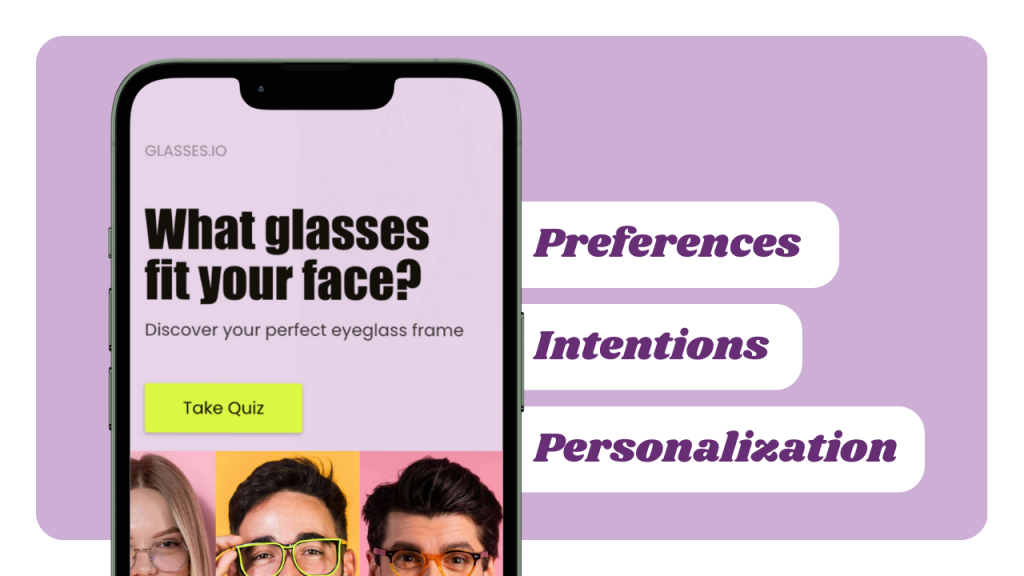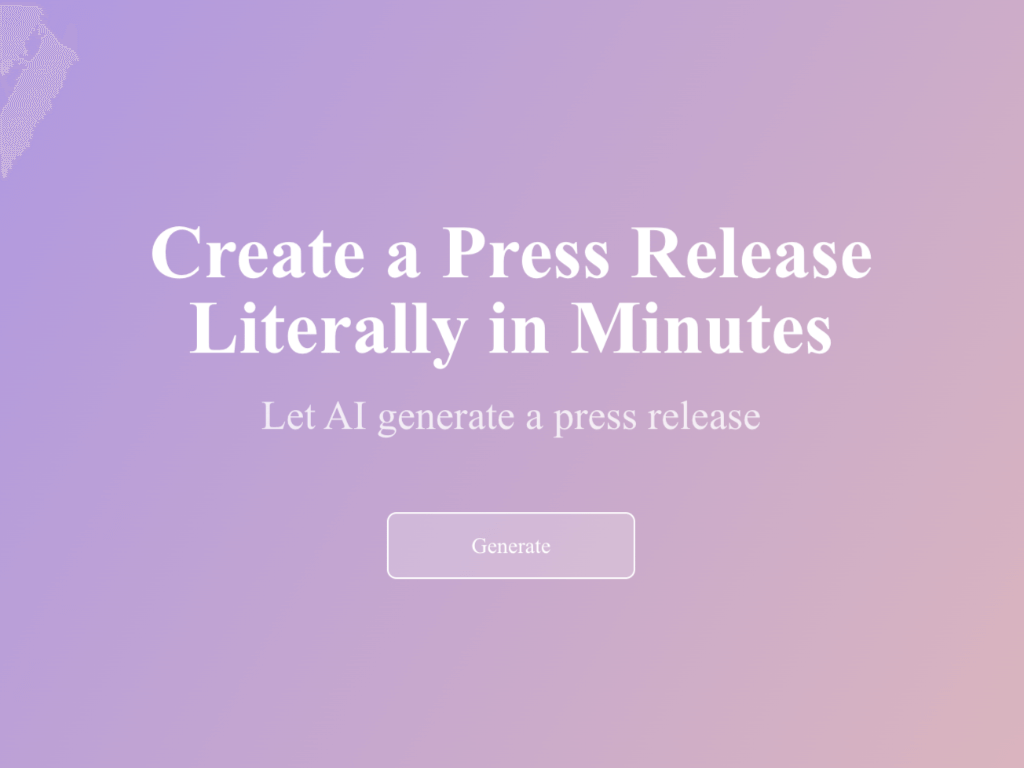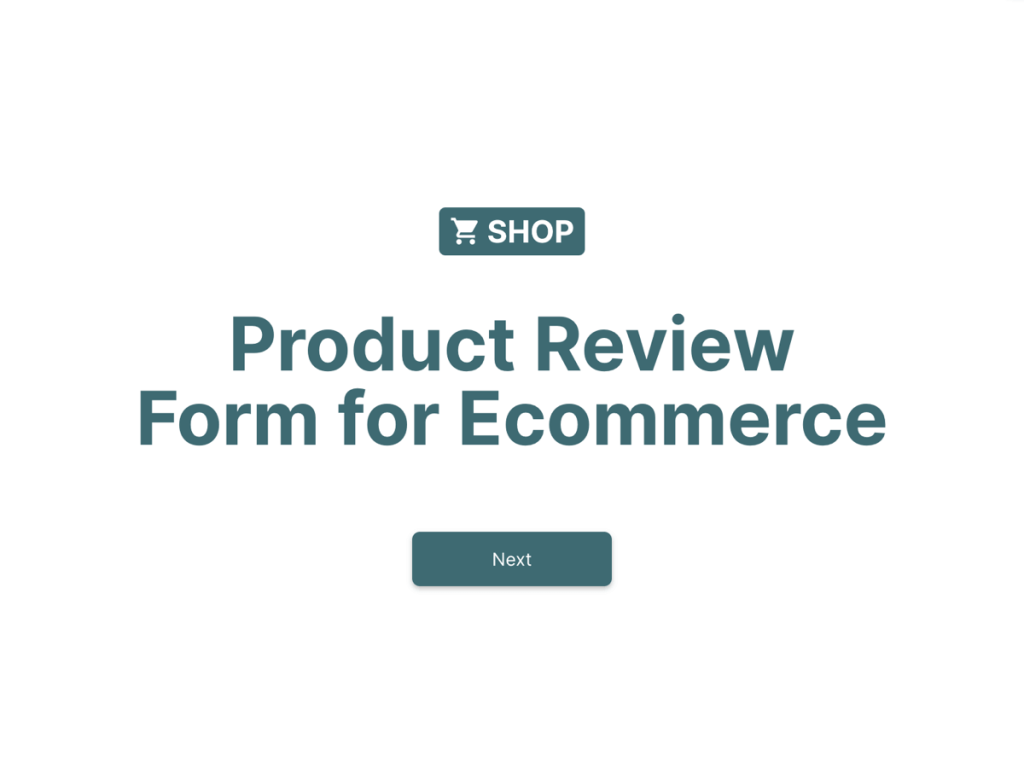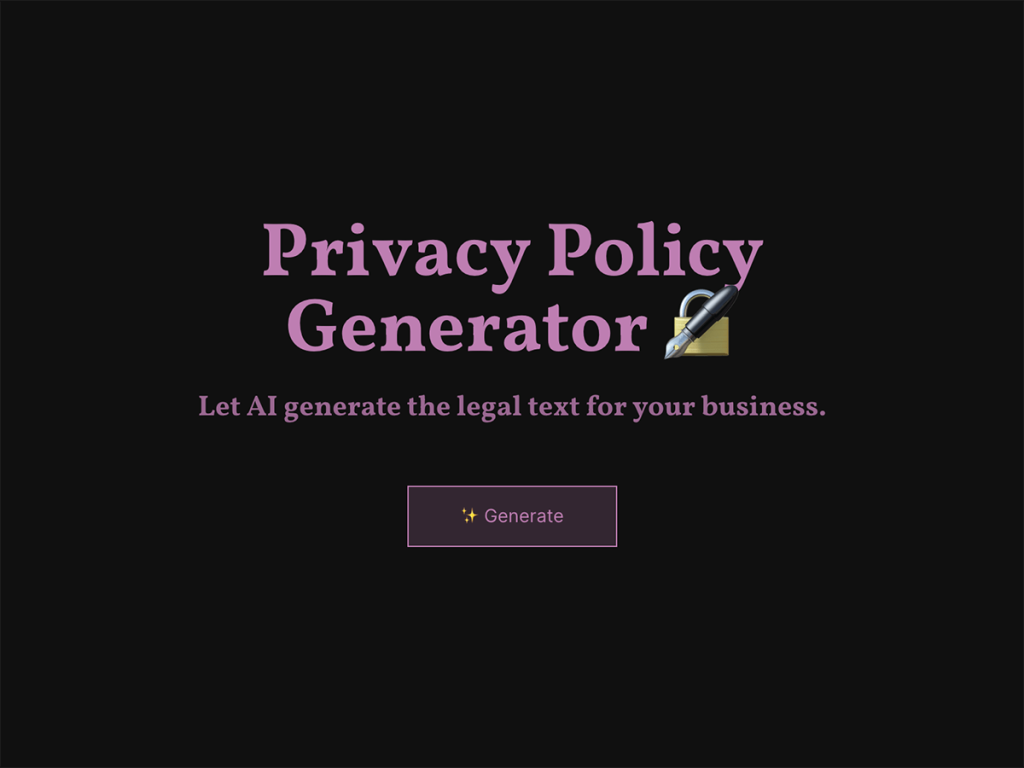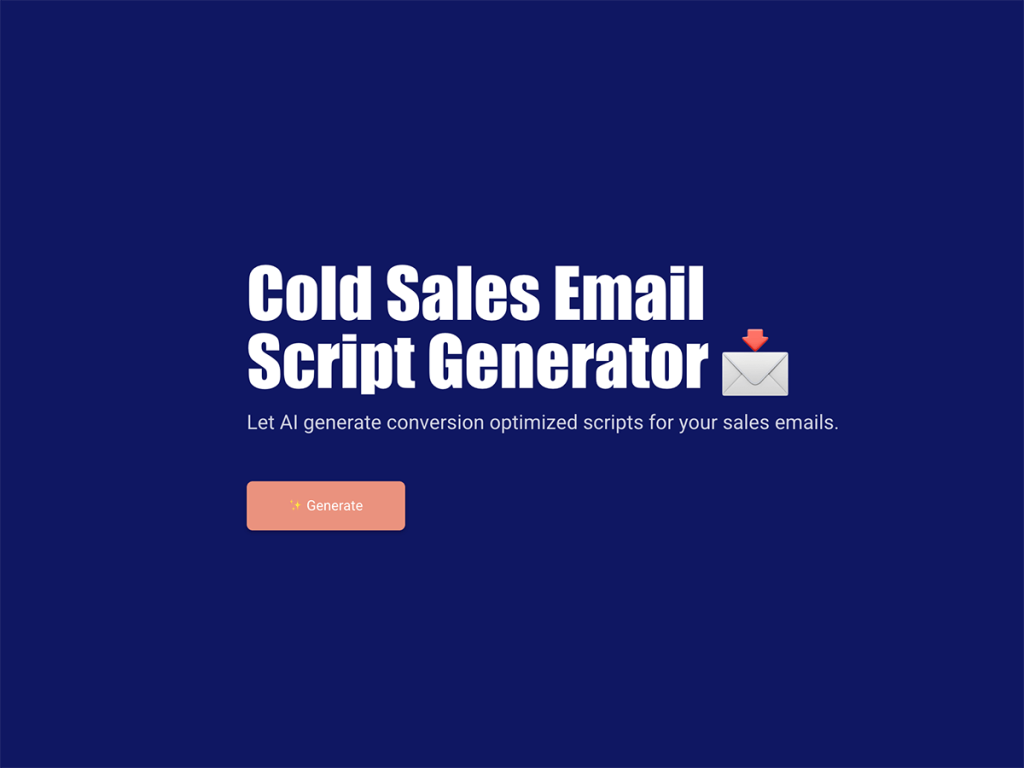Marketers are constantly seeking ways to understand their audience better, personalize experiences, and drive meaningful engagement. Enter zero-party data—a goldmine for marketers looking to deepen their understanding of customers while respecting their privacy.
But what exactly is zero-party data, and how can marketers use it effectively? The answer lies in the seamless integration of AI-powered forms into your marketing strategy.
Read on to learn how to use AI to create forms that collect zero-party data automagically.
Understanding Zero-Party Data
Zero-party data is essentially information that consumers willingly and proactively share with brands. Unlike first-party data, which is inferred through consumer behavior, zero-party data is explicitly provided by the customer. This includes preferences, intentions, and personalization choices that customers willingly disclose.
For instance, imagine a beauty brand that uses a form to gather insights directly from customers. By asking questions about skincare concerns, preferred ingredients, and desired outcomes, the brand can collect zero-party data that informs product development, marketing campaigns, and personalized recommendations.
This skin type quiz demonstrates a creative approach to gathering customer data:
Today, our focus will be on tools that not only gather data but also improve the customer experience.
AI-powered Tools for Zero-party Data Collection (examples!)
AI forms serve as the conduit for collecting zero-party data efficiently and ethically. Using an
your can create forms that dynamically adjust questions and personalize interactions based on user inputs.
Other benefits of using AI to create a form is that it really saves time for the marketing or sales team responsible for collecting data from customers.
1. Quiz
Quizzes aren't just fun; they're powerful tools for marketers. By tapping into zero-party data, quizzes offer direct insights into customer preferences.
Moreover, quizzes streamline the customer journey, guiding users seamlessly from exploration to purchase.
Picture a fashion retailer matching styles to shoppers' tastes, boosting purchase intention at every click. With quizzes, marketing efforts become simpler, yet more personalized, leading to higher conversion rates.
To understand how you can collect data with a quiz, check out this personalized product recommendation quiz. Based on users' preferences, it provides the right product recommendations, thereby enhancing the shopping experience:
2.Survey
Businesses can gain invaluable insights straight from their clients by simply asking them! Imagine a trendy boutique sending out quick surveys after each purchase, learning about individual tastes and refining their offerings accordingly.
With these customer surveys or post-purchase surveys, businesses can tailor their strategies to match customer desires, driving loyalty and success in the competitive market.
Here's a survey created with an AI form builder that helps gather data from customers:
3.Form
Take, for example, a subscription form on an e-commerce site. Beyond email address, it could gather insights on product preferences and feedback. Each response guides future marketing efforts and product onboarding, tailoring them to individual tastes.
Contact forms play a similar role. By incorporating questions about preferences or recent experiences, they become invaluable tools for gathering zero-party data while fostering engagement.
Generate Your Data Collection Tool with AI
Now that you understand the kinds of tools available to help you collect data from your customers in a creative yet professional manner, you can create your own tool by writing a brief prompt outlining what you desire at the end.
The tool below asks you to first paste the URL of your company. This allows you to receive a form, survey, or quiz branded with your website's design. This feature saves you time as you won't need to manually add your company's logo, fonts, and colors.
Give it a try for free:
Create your form with AI
Just paste your URL & click generate
Would you like to learn more about generating forms with an AI form builder? Check out this guide.
Once you're satisfied with the appearance of your data collection tool, share it with your audience via social media platforms, email, or by embedding it into your website (just like I embedded the forms above).
Best Practices for Implementing AI Forms
Design with intent: Craft engaging forms that encourage participation and reflect your brand's personality. "Consider incorporating images and visual cues, such as a progress bar within the survey interface. This allows customers to visually track their progress and understand how much is left to complete, thereby enhancing their overall user experience.
Contextualize questions: Use conditional logic to dynamically adjust question sequences based on user responses. By contextualizing questions and minimizing friction, you can improve completion rates and gather more accurate data.
Personalize interactions: Use AI text element when using involve.me AI form builder to personalize form interactions in real-time. From dynamic content to tailored recommendations, personalized experiences foster deeper connections with your target audience and increase data quality.
Optimize for Mobile: Given the prevalence of mobile devices, consider using involve.me's AI form builder.This tool creates forms optimized for seamless viewing and interaction across all screen sizes. Responsive design and mobile-friendly interfaces are crucial for maximizing user engagement.

Real-World Examples
Using AI, forms, quizzes, and surveys for gathering customer data is not a new tactic. Explore how these big companies have implemented it:
Netflix
The streaming giant uses AI-powered recommendation forms to gather insights on user preferences, viewing habits, and content interests. With so much zero-party data available, Netflix delivers personalized recommendations that keep subscribers engaged and loyal.
Airbnb
Through its AI-driven booking process, Airbnb collects zero-party data on travelers' accommodation preferences, travel styles, and trip expectations. This data enables Airbnb to offer tailored recommendations and experiences that cater to individual preferences.
An example of a form generated with involve.me's AI form builder:
Starbucks
Starbucks leverages AI forms within its mobile app to gather zero-party data on customers' beverage preferences, dietary restrictions, and loyalty program participation. By personalizing the ordering experience based on this data, Starbucks enhances customer satisfaction and encourages repeat visits.
Conclusion
Brands can ethically collect actionable insights directly from customers, driving personalized experiences and fostering deeper engagement through interactive experiences.
From Netflix to Starbucks, leading brands across industries are leveraging AI-powered tools to gather zero-party data via customer surveys and product recommendation quizzes. By adhering to best practices and incorporating personalization, marketers can not only enhance customer relationships but also gain a competitive advantage across various marketing channels. This approach empowers brands to deliver meaningful value to their audience while continuously refining their strategies based on real-time feedback and preferences.
